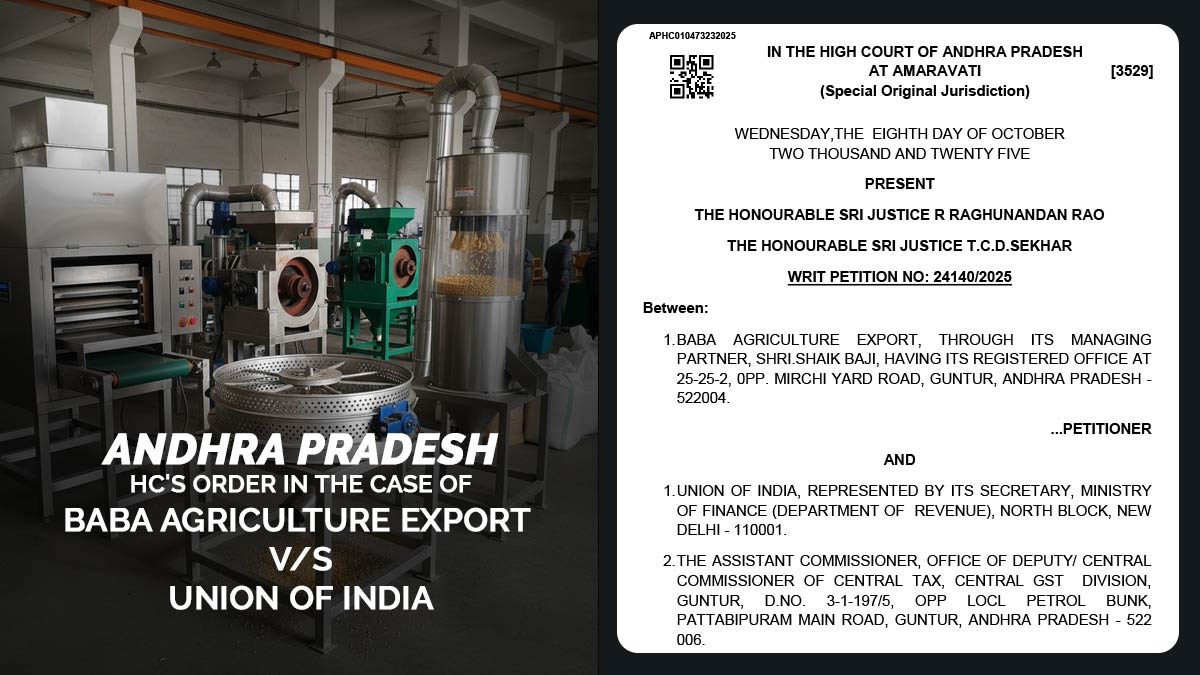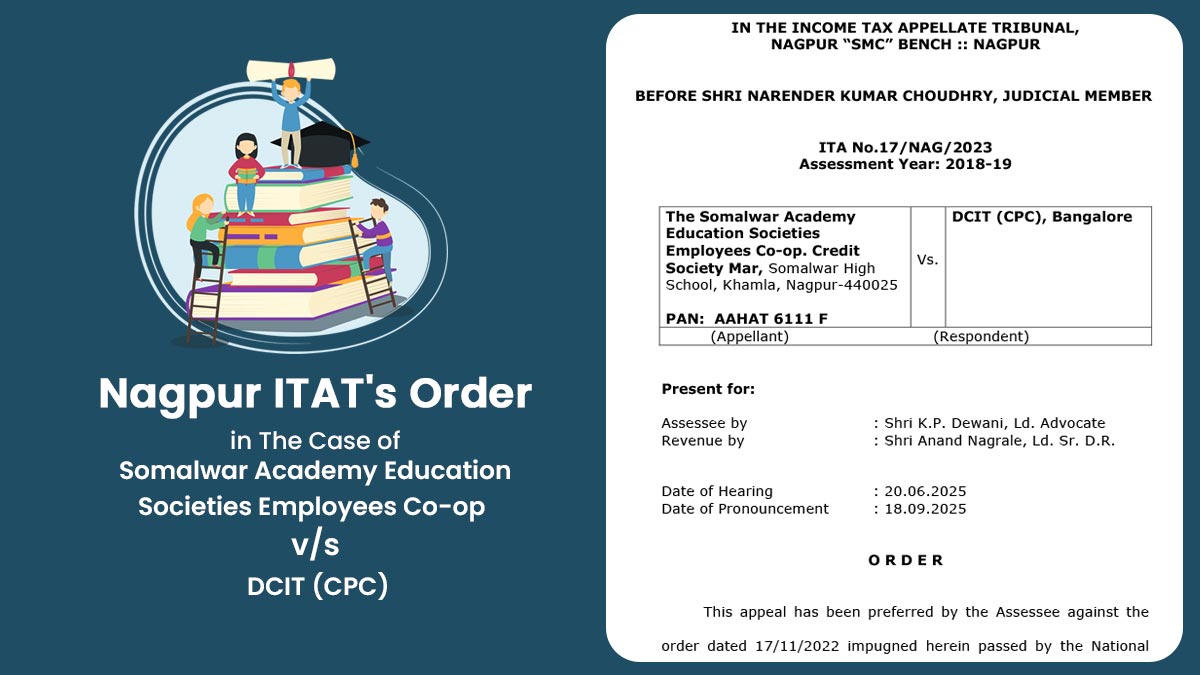
Buying a bigger utility vehicle that consists of an SUV and MPV (multi-purpose vehicle) shall cost higher. The UVs especially those that are more than 4 meters would seem to witness a rise in the prices by 2% with the 50th GST council surging the cess from the present 20% to 22% which is a surge of 200 basis points.
The UVs would be subject to pay the GST with a 28% rate and cess up to 22% Beneath the present GST regime. A 15% would be the cess rate for the hybrid UV which complied with the two cess slabs of 20% and 22% respectively.
As per the rise in the GST rate, the bigger UVs (either petrol or diesel) shall impose the highest cess rate of 22% when the vehicle counts in any of the following three specifications, first unladen (without passenger weight) ground clearance of 170mm– before that, the same condition was on the laden basis (with passenger weight), it is now unladen, second length more than 4 meters and lastly, over 1500cc engine capacity.
Furthermore, the condition known commonly as SUV has been deleted. It directed that all the bigger SUV/MPV that draws a 20% cess rate shall secure a cess rate of 22%. The same directed that SUV/MPV costs would seem to surge by 2%.
The specification presented in the company’s selling brochure differs from the standard during vehicle homologation, therefore it’s not immediately evident which UV models would attract a higher cess. Homologation is a certificate granted by the government that authorizes a product to join a market. The manufacturer’s specification that was shared during homologation is followed by the GST Council.
The increased cess on UVs coincides with the rapid expansion that UVs have seen over the past three years. In the first two months of the current fiscal, passenger car manufacturers sent 363,563 units of UVs to their dealers. Their proportion of the overall dispatch of passenger vehicles increased from 51.50 per cent to 54.61 per cent during the same time last year. During the two months, 665,625 passenger car units were sent.









